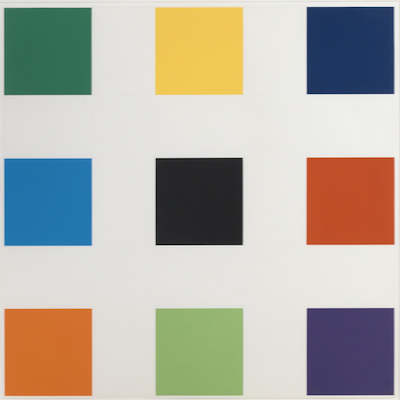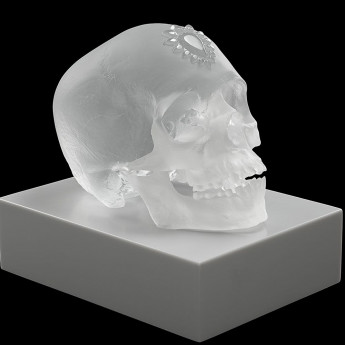Imi Knoebel
Imi Knoebel (Germany, 1940) is a prominent abstract artist associated with minimalism and constructivism. Known for his bold use of color and geometric forms, his works span painting, sculpture, and installation. Influenced by the Bauhaus and his studies with Joseph Beuys, Knoebel's art explores light, space, and materiality.
- Recently Added
- Price (Low-High)
- Price (High-Low)
- Year (Low-High)
- Year (High-Low)
Imi Knoebel
Gartenbild 9 (Garden Image 9), 2008/2015
Limited Edition Print
Collage
Currently Not Available

Artwork by Ellsworth Kelly
What is Hard Edge Art?
Hard Edge art is a style of abstract painting that became popular in the 1960s. It features areas of color separated by crisp, sharp edges that are painted with geometric precision. The term hard-edge painting was coined by art critic Jules Langsner to describe this approach, which contrasts with the softer, more fluid forms of other abstract styles.















